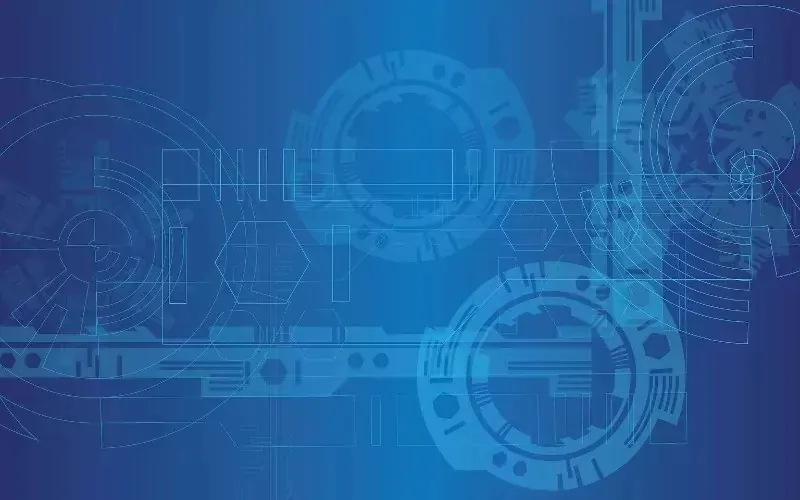The first digital testing space of its kind in the NHS the ‘Livernerds Lab’ has opened in Liverpool.
The space is designed to test the latest digital technology to support patient care.
The lab consists of two specialised areas – a ‘Smart Room’, which simulates a hospital room, and a ‘Smart House’, which simulates a patient’s home. Both spaces are specifically adapted and fitted with the latest digital equipment including sensor technology, virtual reality, telehealth and health care, all enabled by high speed 5G connectivity.
Located within Liverpool’s Life Sciences Accelerator, the lab combines the innovative work of the Royal Liverpool and Broadgreen University Hospitals NHS Trust’s Global Digital Exemplar (GDE) programme and Liverpool 5G Health and Social Care.
The Livernerds Lab has been selected to be part of the £3.5 million Liverpool 5G Health and Social Care pilot which is using innovative 5G which enables health and social care devices or apps are to be tried out and tested.
The lab is designed to enable partners to work together, test the latest in digital health technology before it is implemented in hospitals and in the community in patients’ homes.
“The technology allows health professionals to monitor important changes to a patient’s health including heart rate, blood pressure, falls and other important changes,” said Dr Paul Fitzsimmons, deputy medical director at the Trust.
“The ‘Livernerds Lab’ is the perfect place for health professionals, health and social care colleagues and information technology experts to work collaboratively to develop this amazing ‘assistive technology’ for patients.”
David Walliker, chief information officer at the Trust added, “Liverpool Life Sciences Accelerator is already home to a number of organisations who are leading the way in the latest in research, life sciences, healthcare and digital health technology and now the Livernerds Lab.
“This collaborative work is helping to future proof our local health services and shape how we can deliver world class healthcare in our hospital and in our community.
“I am delighted to see already how some of our cardiology and respiratory patients are responding to some of the technology. Patients have technology in their homes and are monitored remotely by a team of nurses who visit patients if the technology highlights any potential health problems.”


